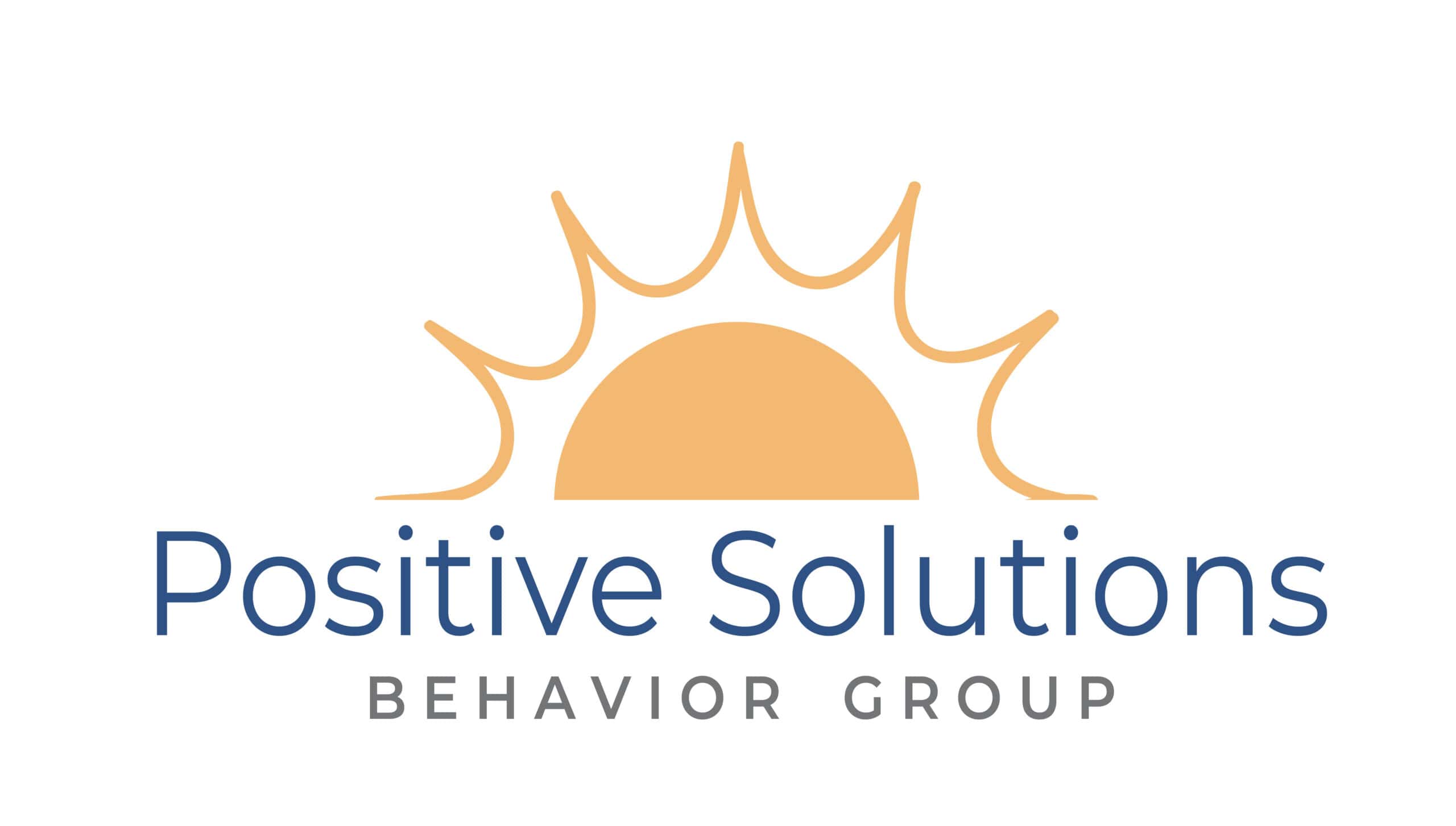In the realm of Applied Behavior Analysis (ABA) therapy, one principle stands as a beacon of hope and efficacy: positive reinforcement. This powerful technique forms the cornerstone of behavioral interventions, guiding therapists and caregivers in reshaping behaviors and fostering positive outcomes for individuals with autism spectrum disorder (ASD) and other developmental disabilities. Grounded in the belief that reinforcing desired behaviors increases the likelihood of their repetition, positive reinforcement transcends mere encouragement; it serves as a catalyst for profound behavioral transformations.
In this blog, we delve into the essence of positive reinforcement within ABA therapy, exploring its mechanisms, applications, and transformative potential. From shaping new skills to reducing challenging behaviors, we uncover the myriad ways in which this simple yet profound technique empowers individuals on their journey towards greater independence and quality of life. Join us as we unravel the intricacies and celebrate the undeniable power of positive reinforcement in the realm of ABA therapy.
Beyond Behavior: Positive Reinforcement as a Catalyst for Growth in ABA Therapy
Understanding Positive Reinforcement in ABA Therapy
Positive reinforcement involves the presentation of a desirable stimulus following a behavior, with the intention of increasing the likelihood of that behavior occurring again in the future. In the context of ABA therapy, positive reinforcement is utilized to encourage and strengthen desired behaviors, ranging from basic skills like communication and social interaction to more complex tasks such as academic achievements and independent living skills.
Rewiring the Brain
At its core, positive reinforcement operates on the principles of neuroscience, tapping into the brain’s reward system to promote learning and behavior change. When individuals with ASD engage in a behavior that is followed by a rewarding stimulus, such as praise, a preferred activity, or a tangible reward, neurotransmitters like dopamine are released, reinforcing the neural pathways associated with that behavior. Over time, this process effectively rewires the brain, making the desired behavior more likely to occur naturally.
Promoting Skill Acquisition
One of the primary goals of ABA therapy is to teach individuals with ASD new skills that enhance their independence and quality of life. Positive reinforcement plays a crucial role in this process by motivating and reinforcing the acquisition of these skills. Whether it’s learning to tie shoelaces, follow instructions, or engage in reciprocal conversation, the use of positive reinforcement helps individuals with ASD overcome challenges and build competency in various areas of functioning.
Fostering Self-Efficacy and Confidence
Beyond simply learning new skills, positive reinforcement in ABA therapy nurtures a sense of self-efficacy and confidence in individuals with ASD. When they experience success and receive praise or rewards for their efforts, it boosts their self-esteem and belief in their own abilities. This increased confidence not only motivates them to continue striving for improvement but also empowers them to tackle challenges with resilience and optimism.
Cultivating Independence and Autonomy
For individuals with ASD, achieving independence in daily tasks and activities is a significant milestone that greatly enhances their quality of life. Positive reinforcement serves as a powerful tool in promoting independence by breaking down complex tasks into manageable steps and providing encouragement and rewards along the way. Whether it’s mastering personal hygiene routines, completing chores, or navigating social situations, the use of positive reinforcement empowers individuals with ASD to take ownership of their actions and make meaningful contributions to their own lives.
Nurturing Emotional Regulation and Social Skills
Many individuals with ASD struggle with emotional regulation and social skills, making it challenging to navigate interpersonal relationships and social interactions. Positive reinforcement helps address these difficulties by reinforcing appropriate emotional responses and social behaviors. By receiving praise or rewards for demonstrating empathy, sharing, taking turns, or expressing emotions in socially acceptable ways, individuals with ASD learn to navigate social situations more effectively and develop meaningful connections with others.
Looking Ahead: The Future of Positive Reinforcement in ABA Therapy
As we continue to advance our understanding of autism spectrum disorder (ASD) and refine therapeutic approaches, the role of positive reinforcement in Applied Behavior Analysis (ABA) therapy remains central. Looking ahead, the future of positive reinforcement in ABA therapy holds promise for further innovation, refinement, and application. In this discussion, we explore important key points shaping the future of positive reinforcement in ABA therapy.
- Integration of Technology: Advancements in technology offer exciting possibilities for enhancing the delivery and effectiveness of positive reinforcement in ABA therapy. Tools such as mobile applications, wearable devices, and virtual reality platforms can be utilized to deliver personalized reinforcement in real-time, track progress more accurately, and provide timely feedback to individuals with ASD and their therapists.
- Individualized Reinforcement Strategies: Moving forward, there will be a continued emphasis on tailoring reinforcement strategies to the unique needs, preferences, and strengths of each individual with ASD. By leveraging data-driven approaches and conducting thorough assessments, therapists can identify the most effective reinforcers for each individual, ensuring that positive reinforcement is maximally impactful in promoting behavior change and skill acquisition.
- Strength-Based Approaches: The future of positive reinforcement in ABA therapy will likely see a shift towards strength-based approaches that focus on building upon the inherent strengths and interests of individuals with ASD. By capitalizing on their passions and talents, therapists can engage individuals more effectively, increase motivation, and foster a sense of autonomy and empowerment in the therapeutic process.
- Collaboration and Interdisciplinary Integration: Effective implementation of positive reinforcement in ABA therapy requires collaboration and integration across various disciplines, including psychology, education, neuroscience, and technology. Moving forward, there will be increased emphasis on interdisciplinary collaboration to leverage diverse expertise, integrate cutting-edge research findings, and develop comprehensive, holistic approaches to ABA therapy that maximize positive outcomes for individuals with ASD.
As we look ahead to the future of positive reinforcement in ABA therapy, it is evident that exciting opportunities for innovation and growth lie ahead.
Conclusion
Positive Solutions Behavior Group LLC, based in Florence, Kentucky, USA, underscores the profound efficacy of positive reinforcement within Applied Behavior Analysis (ABA) therapy. Through our commitment to utilizing positive reinforcement techniques, we have witnessed transformative results in the individuals we serve. Our approach prioritizes the cultivation of positive behaviors, fostering an environment conducive to growth and development. By harnessing the power of positive reinforcement, we remain steadfast in our mission to empower individuals and families, driving meaningful change and enhancing quality of life.






